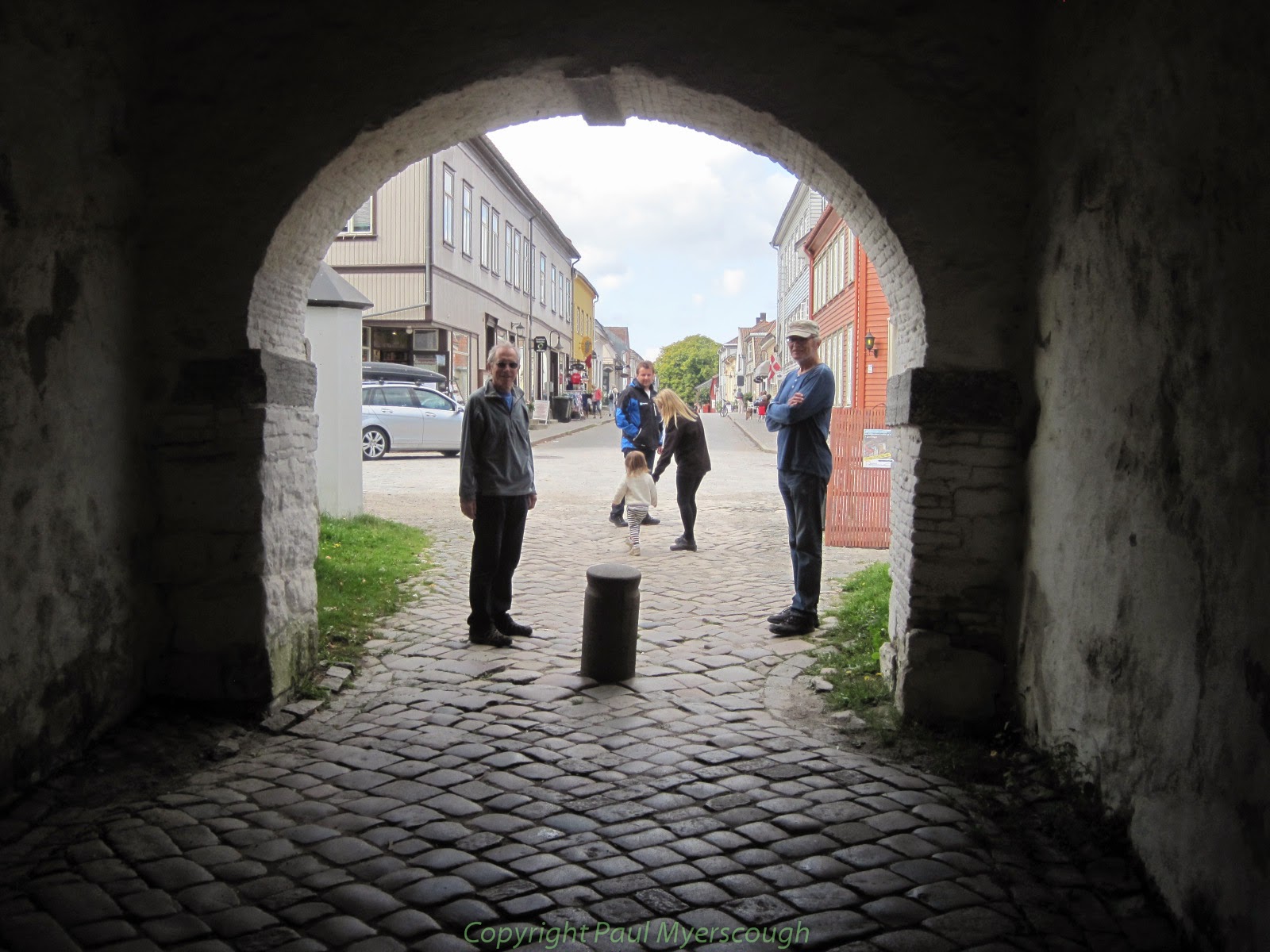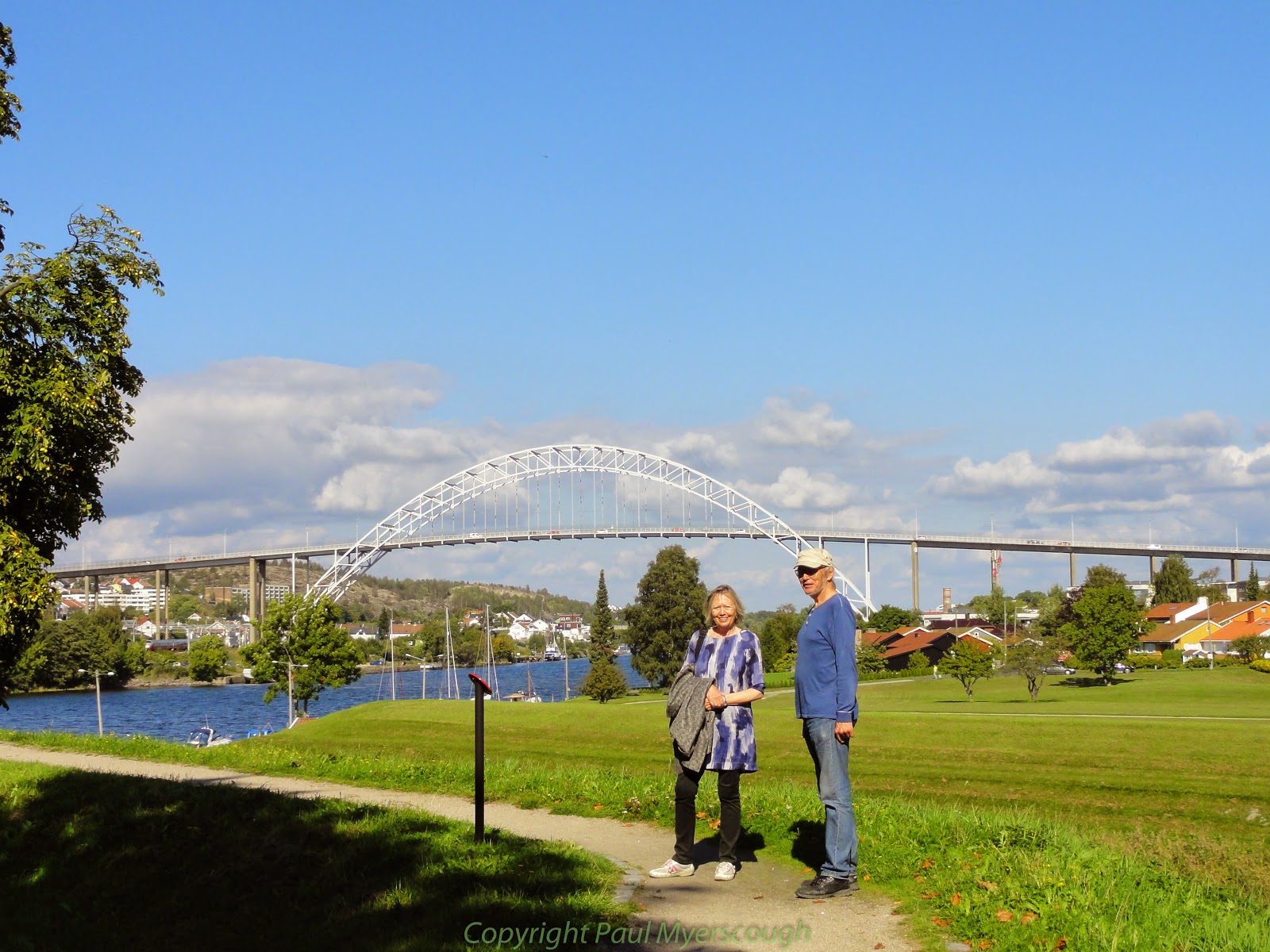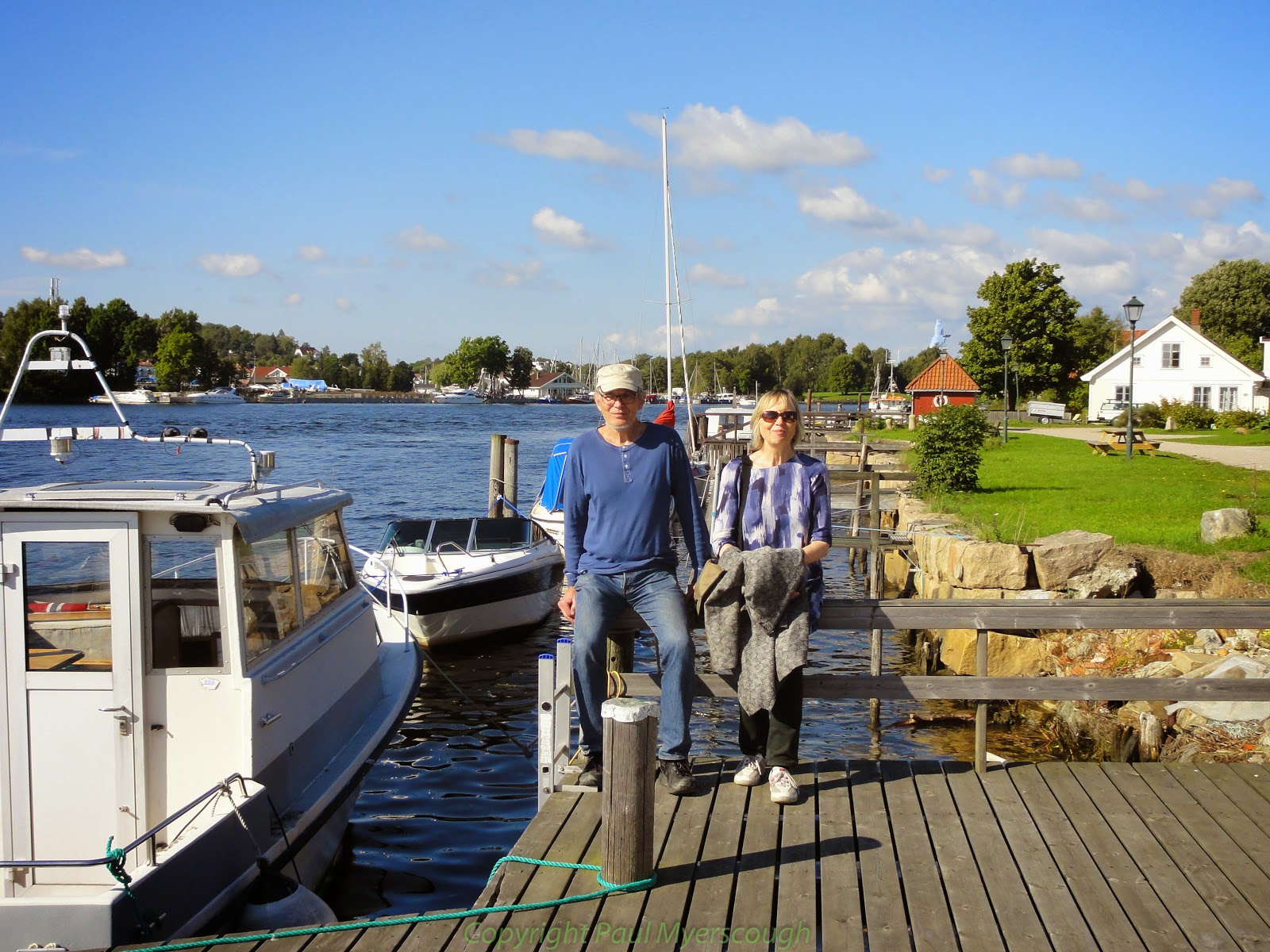In ancient times there were 4 native deer in the UK – elk and reindeer which disappeared around 10,000 years ago, and red deer and roe deer which remain. Because of over-hunting in earlier centuries (1300-1800) there have been several programs to reintroduce both red deer and roe deer.
[In addition we now have 4 introduced species. Fallow deer was brought from the Orient by the Normans around 1100AD. Muntjac, chinese water deer, and sitka have become widespread after escaping from zoos or private collections in the 20th century]
So where did the reindeer go? We found some here, on the high mountains above the river Glomma in Norway.
The Glomma meanders down the east side of the country about 100km or so from the Swedish border. Starting at the large lake of Aursunden, somewhat south of Trondheim and ending at Fredrikstad it is just over 600km long.
We started by the sea! Fredrikstad is a pretty place with a population of around 75000 spread widely on both sides of the Glomma and along the fjord. It was established after the Swedish burned down the neighbouring town of Sarpsborg in 1567. The old town on the east side of the river remains one of the best preserved fortified towns in Northern Europe.
|
|
|
Population density is low. Many choose to live by the sea as an alternative to the city, or at least have a weekend place by the water.
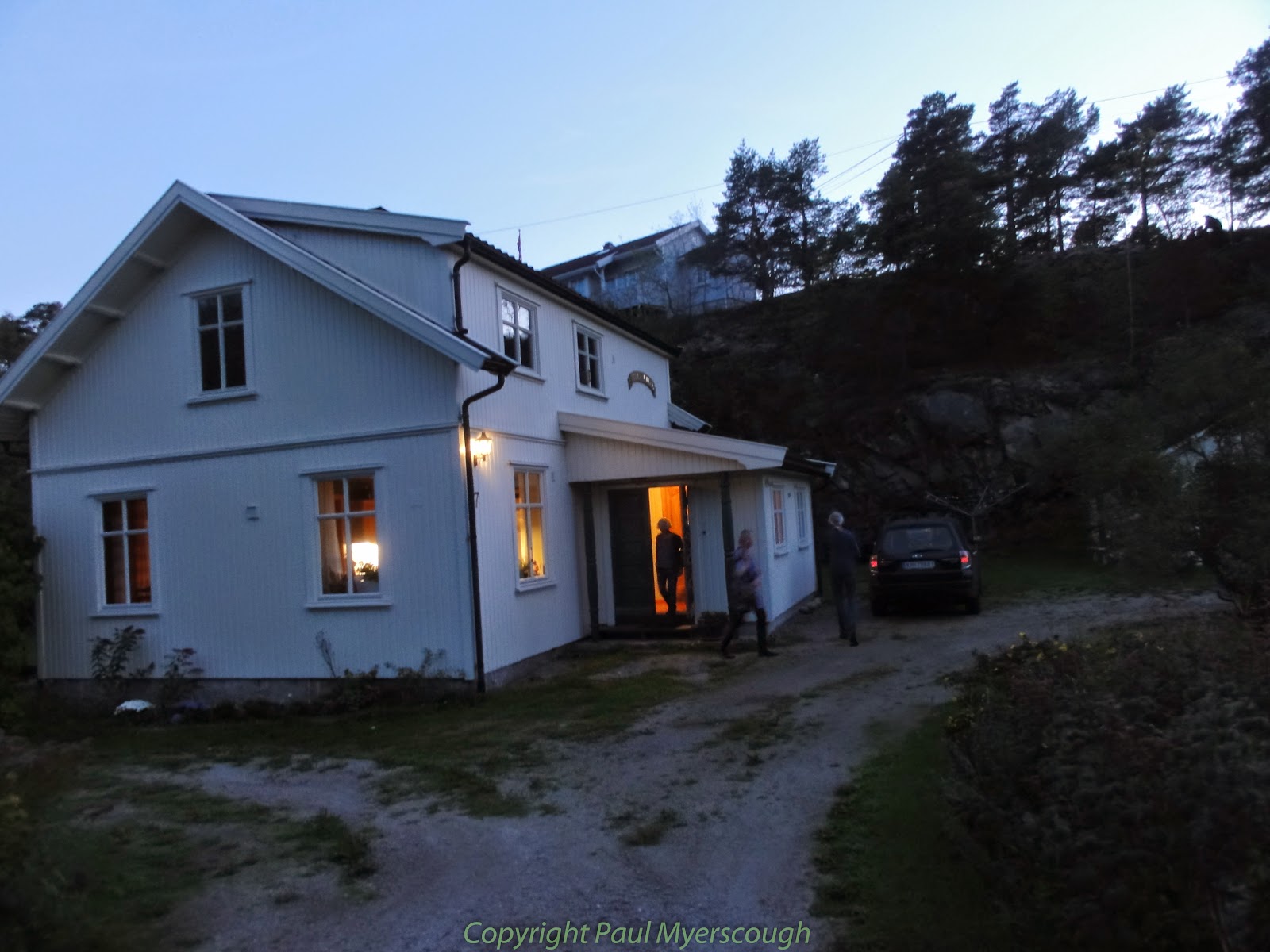 |
| Some prefer to live here … |
 |
| … with a view of the sea |
A hundred kilometres or so north at Nes where the Vorma joins the Glomma from the west the landscape is flat and good for agriculture. The river here is still wide and grey, and bisects the land like an empty motorway.
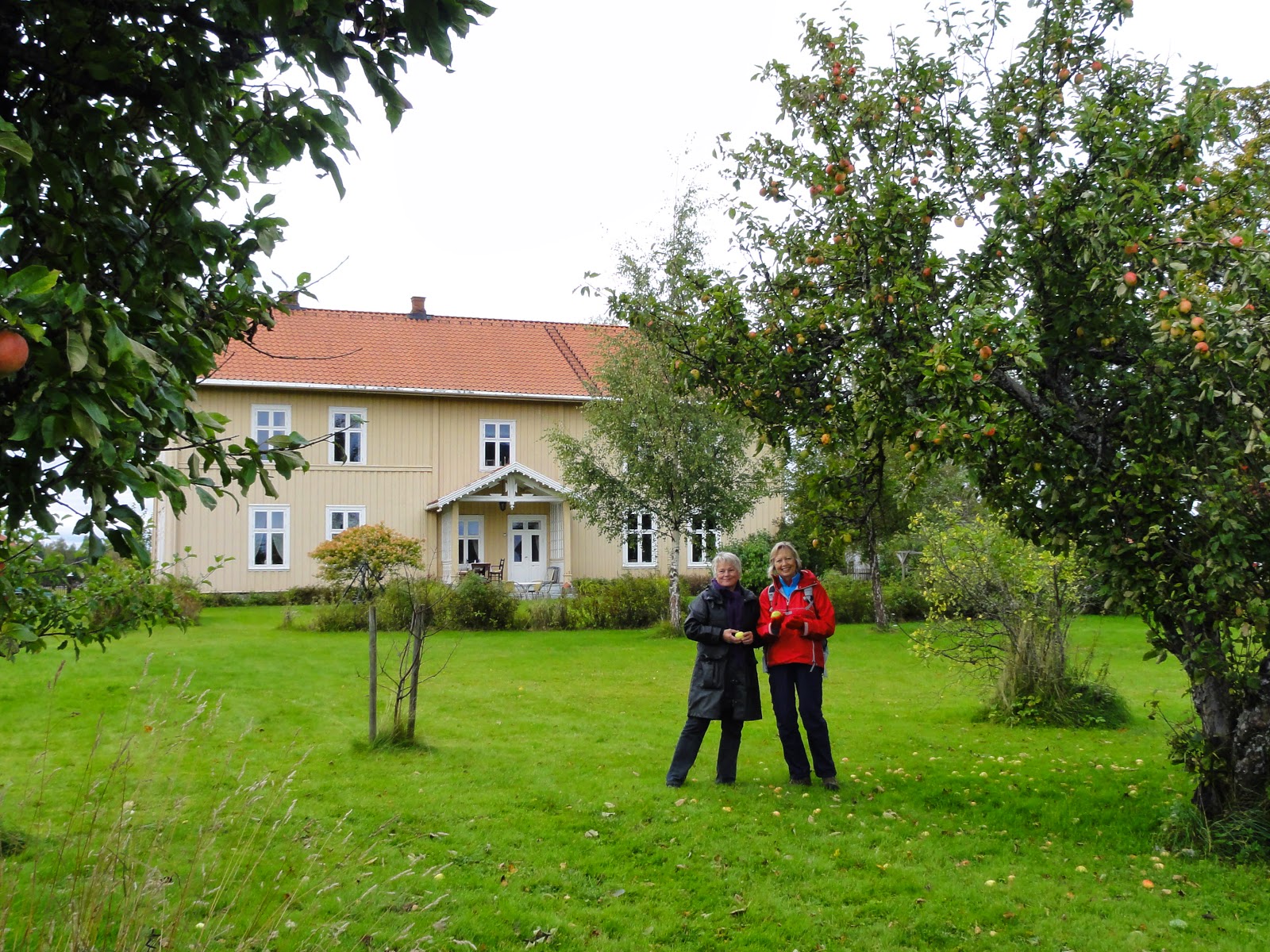 |
| vicarage at Nes |
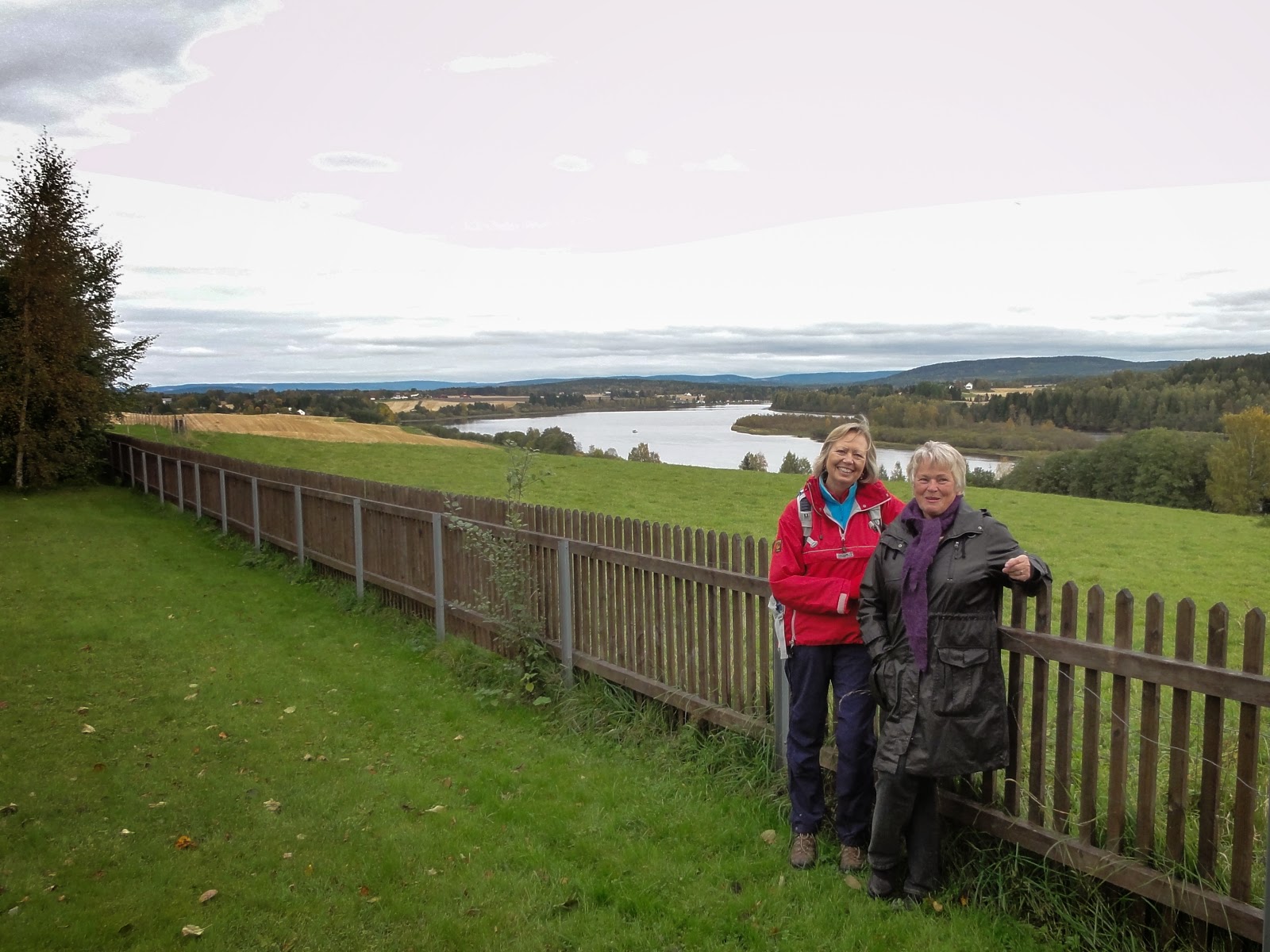 |
| Glomma from vicarage garden at Nes |
We followed the Glomma northwards through sparsely populated countryside until we came to Evenstad. About 350km from the sea this is a typical community for this area with small farmsteads and wooden houses occupied by people that travel up or down the valley to their local workplace.
A railroad follows the valley so communities here are just a few hours by train from Oslo. Evenstad itself has an outpost of Hedmark University College here, in the form of its Department of Forestry and Wildlife Management. With most of the teaching in English this functions as an international school, popular for students from all over the world that are interested in practical ecology in a temperate climate.
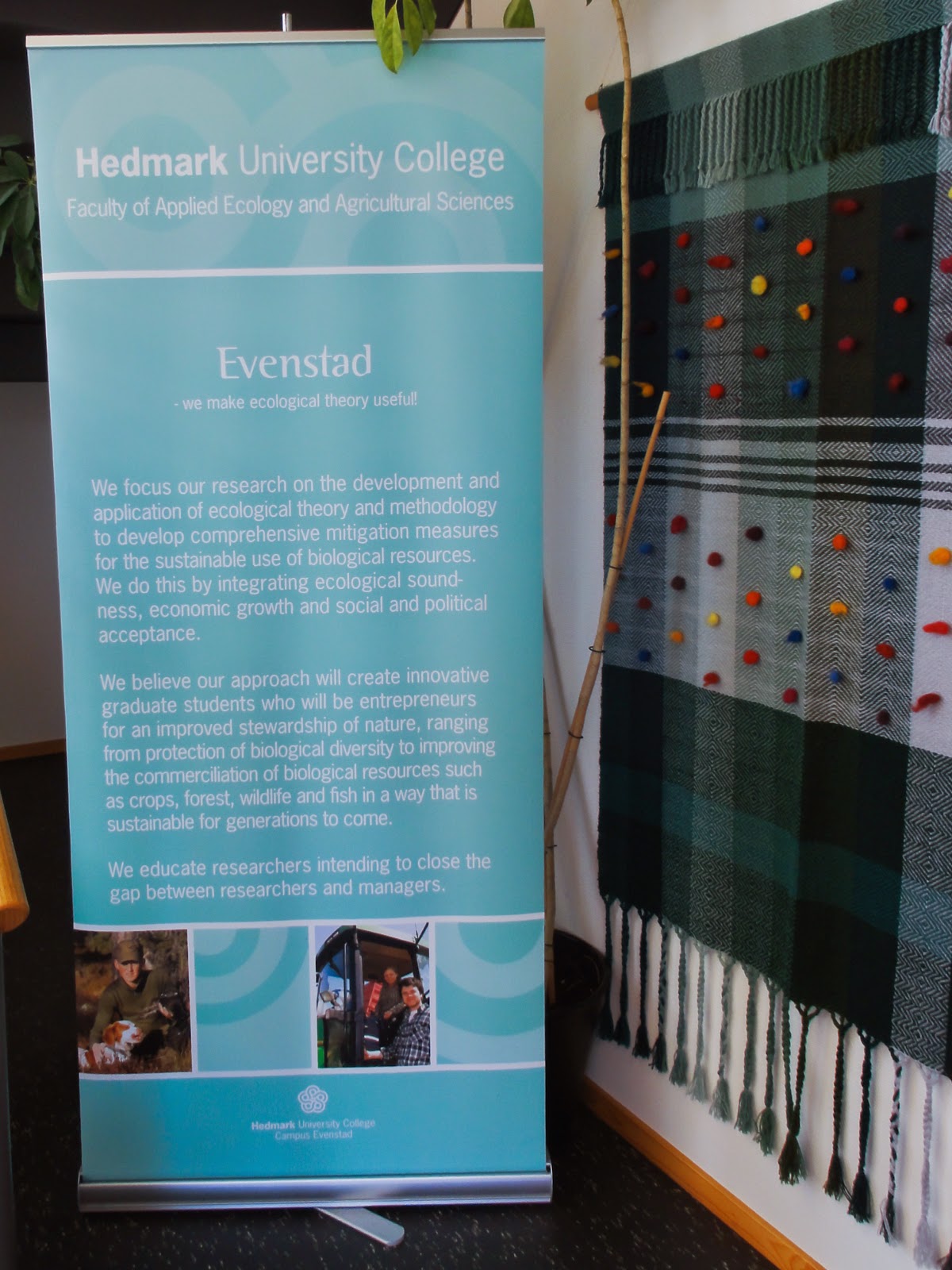 |
| click to enlarge and read this poster from the college at Evenstad |
 |
| The Glomma looking over Evenstad |
We stayed on a typical small farm. The small plot has several building. You could say we stayed in the farm workers’ cottage across the yard from the main house. A large barn took-up one corner of the plot with a greenhouse nearby.
In fact this couple are not farmers. The barn is full of part re-constructed cars and bikes with industrial lathes. The greenhouse is made from old windows from the house. He is responsible for fish management for a large part of this area of Norway – financed by the electricity company which has dammed rivers and interfered with the local ecology. She is a professor at the college teaching ecology and studying the interaction between forest management the moose (elg).
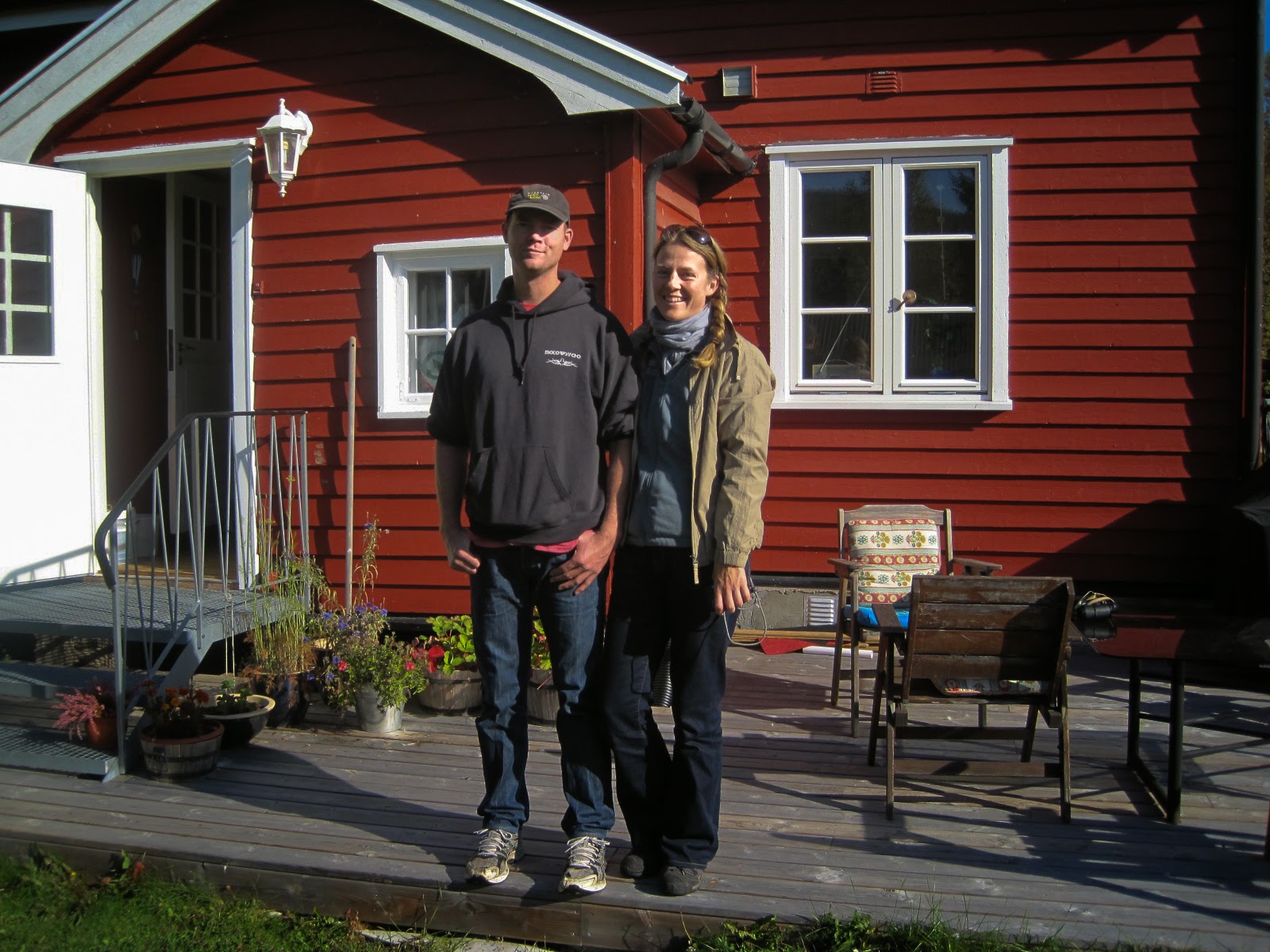 |
|
| Our hosts |
This typical Norwegian ‘farmhouse’ kitchen – untypically has two taps for dispensing the draft beer stored in the cellar.
 |
| beer taps on the bottom shelf |
We were shown round the nearby fishery station where fish are grown in a disease free environment ready for repopulating local lakes and rivers. The equipment is specially designed to ensure the continuous flow of filtered water through the fish beds outside.
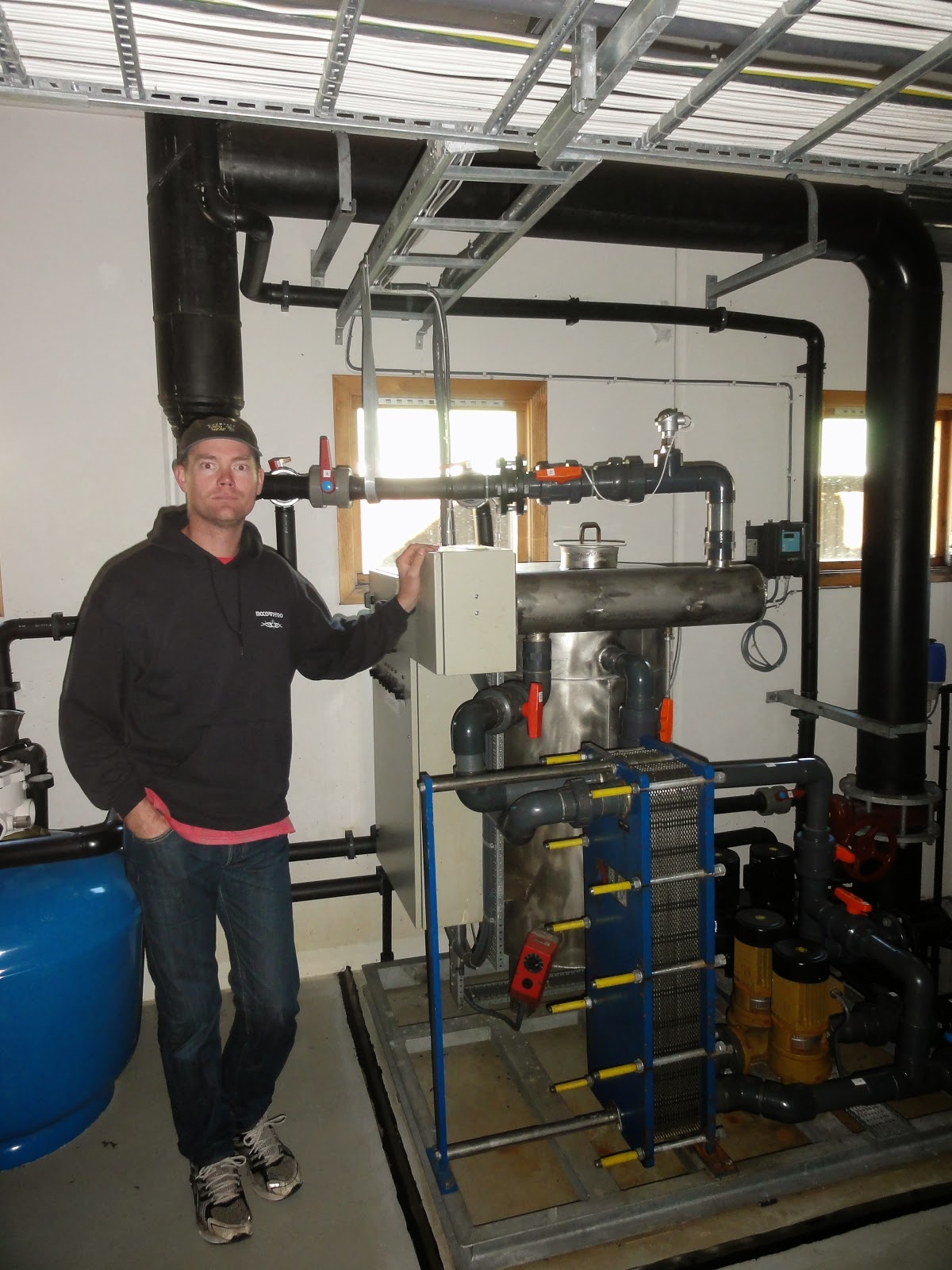 |
| Filtration pumps at the Fish Station |
 |
| The Glomma at Evenstad with Rognvolla (964m) |
We visited in September and enjoyed bright sunny days. In winter the climate can be tough with temperatures regularly many degrees below zero and much snow. Occasionally the river floods stranding students at the college.
Walk up a mountain here and you may see no-one all day. Despite this there are footpaths that ease the way over the rough landscape. By searching Norges Kart it is possible to get a detailed insight into the area. Look at a previous note to find the android app that will access this data on a phone for helping with navigation.
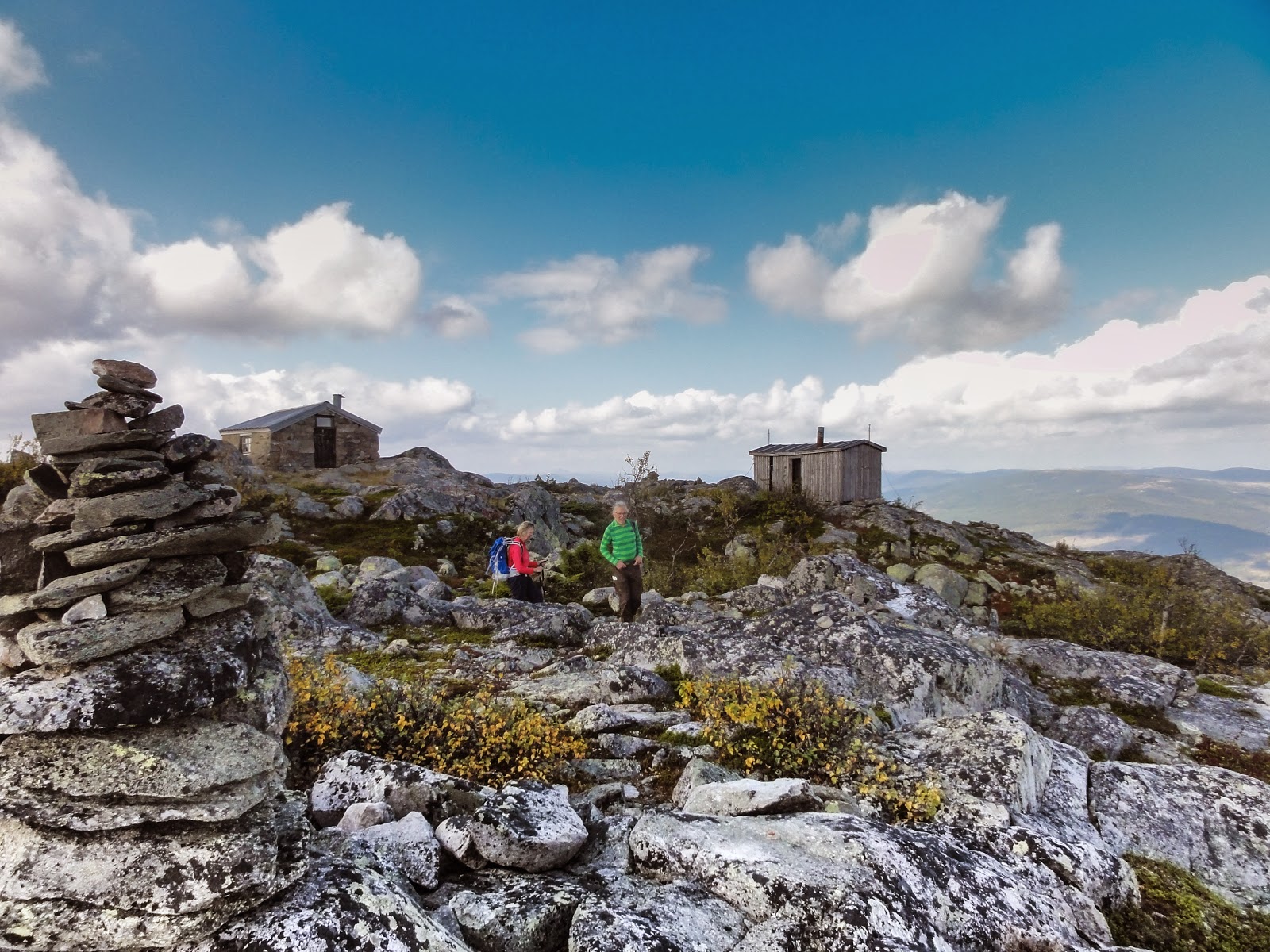 |
| On top of Rognvolla |
Late summer is the time for berries. Many of the blueberries were already finished but the red tyttebaer were everywhere. These were destined for the freezer, then to be transported to the UK for accompanying the turkey at Christmas.
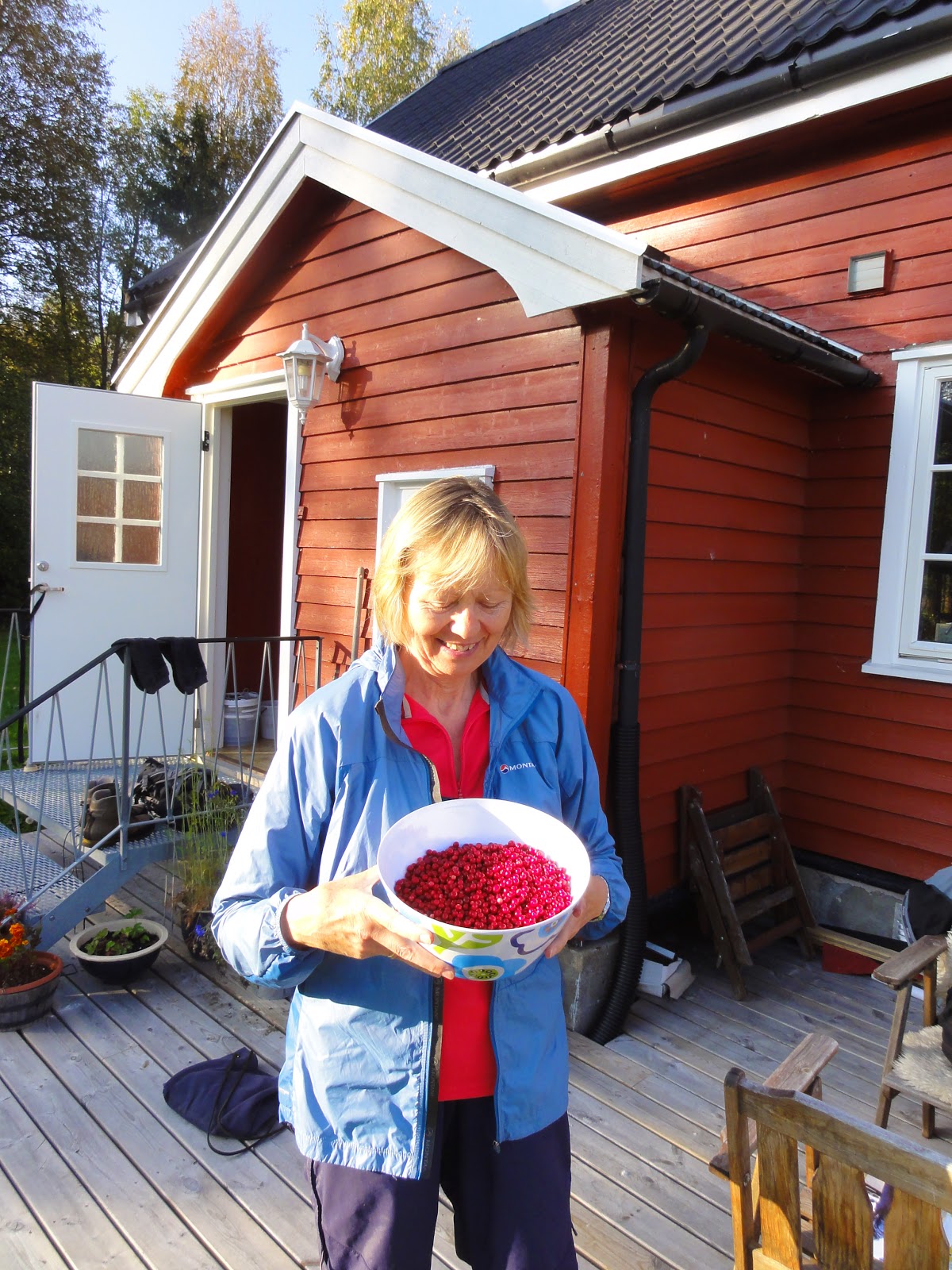 |
| Tyttebaer |
